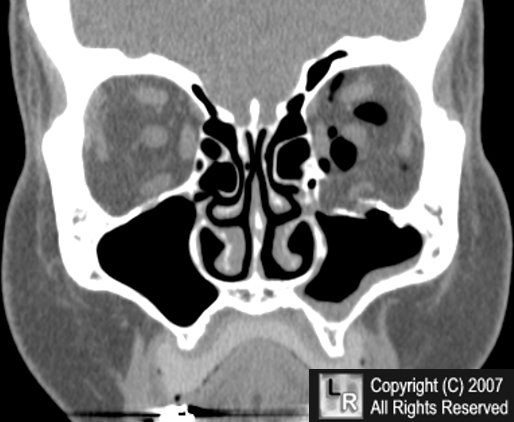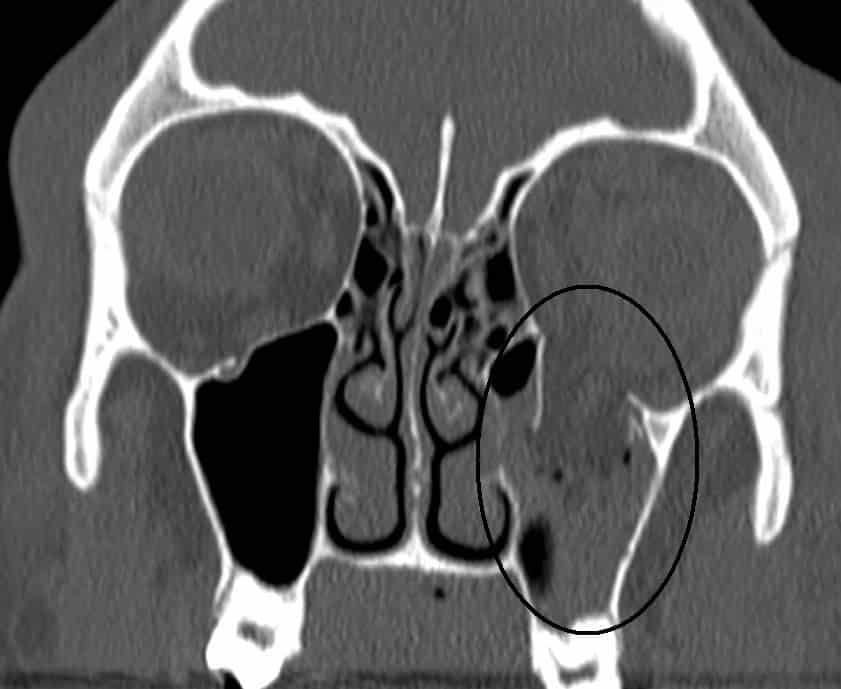The floor of the eye socket ruptures or cracks resulting in a small hole in the eye socket s floor which can trap some parts of the eye muscles and its surrounding.
Fractured ocular floor.
Orbital floor fracture also known as blowout fracture of the orbit.
An orbital hemorrhage should be suspected if loss of vision is associated with proptosis and increased iop.
In patients with orbital floor fractures visual loss can result from globe trauma injury to the optic nerve or increased orbital pressure causing a compartment syndrome discussed in the section traumatic visual loss with clear media.
This is when a blow or trauma to the orbital rim pushes the bones back causing the bones of the eye socket floor buckle to downward.
A blowout fracture of the orbital floor is defined as a fracture of the orbital floor in which the inferior orbital rim is intact.
Fractures of the orbital floor are common.
In patients with facial fractures 20 to 25 percent include orbital involvement at some level.
This is reflected in the demographics.
About 85 of traumatic eye injuries including eye socket fractures happen by accident during contact sports at work in car crashes or while doing home repair projects.
Orbital blowout fractures are usually the result of a direct blow to the orbit which causes a sudden increase in intraorbital pressure.
It is estimated that about 10 of all facial fractures are isolated orbital wall.
About 85 of traumatic eye injuries including eye socket fractures happen by accident during contact sports at work in car crashes or while doing home repair projects.
Direct orbital floor fracture if an orbital rim fracture extends into nearby parts of the eye socket floor both the rim and the socket floor are fractured.
The inferior wall or orbital floor is formed by the upper jawbone maxilla part of the cheek bone zygomatic and a small part of the hard palate palatine bone.
This fracture can also affect the muscles and nerves around the eye keeping it from moving properly and feeling normal.
It is more prevalent in young men.
The floor is likely to collapse because the bones of the roof and lateral walls are robust.
An orbital blowout fracture is a traumatic deformity of the orbital floor or medial wall typically resulting from impact of a blunt object larger than the orbital aperture or eye socket most commonly the inferior orbital wall i e.
Orbital blowout fracture or indirect orbital floor fracture.
This is a fracture of the paper thin floor of the eye socket with the bony rim surrounding the eye remaining intact.
The blowout fracture is the most common type of orbital fracture and is usually the result of trauma.







.jpg)










